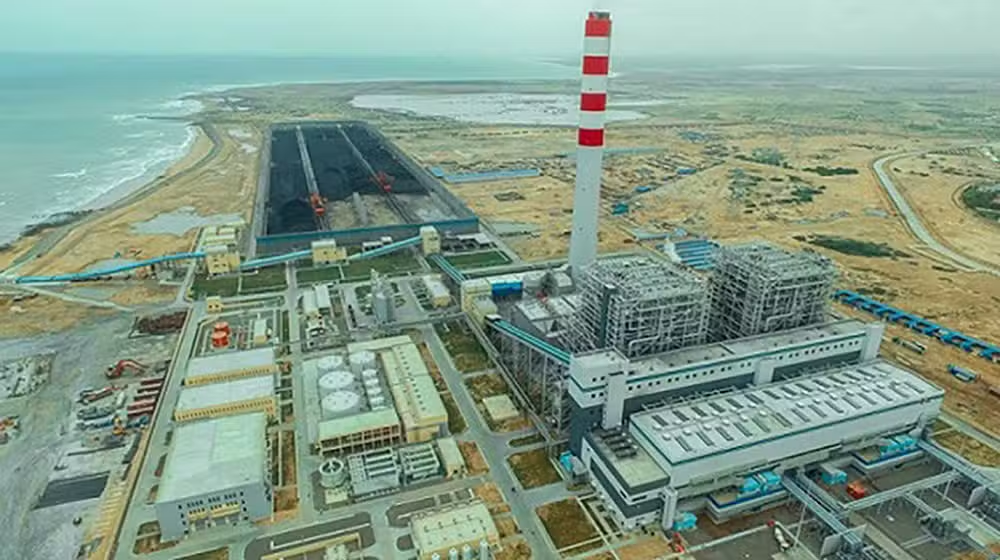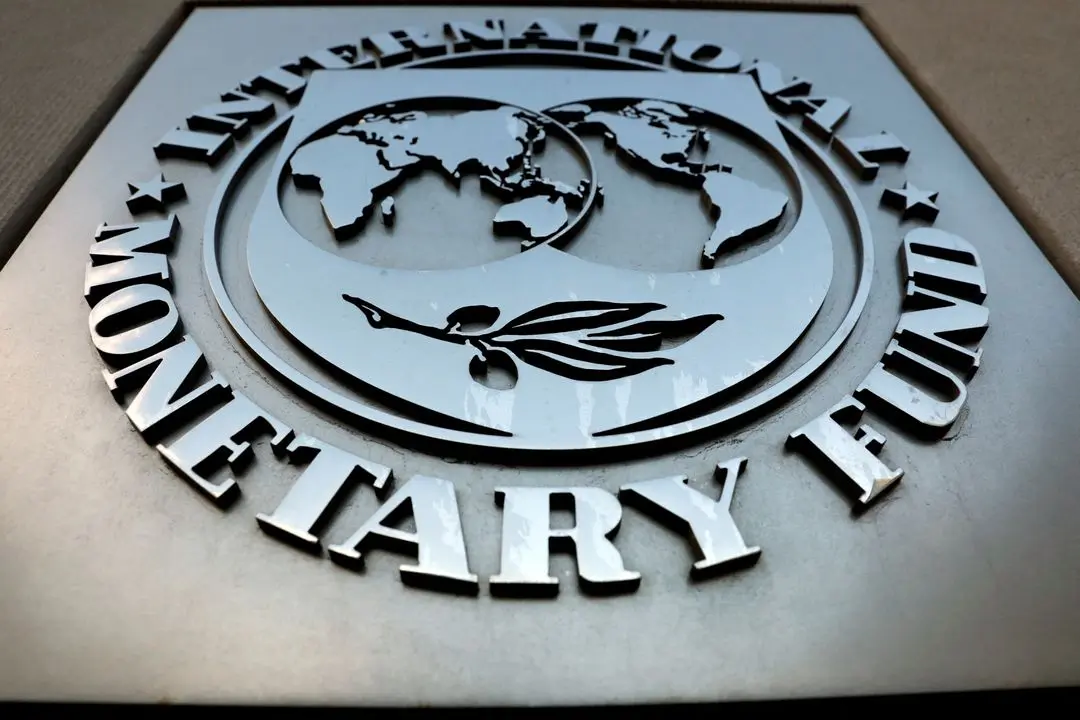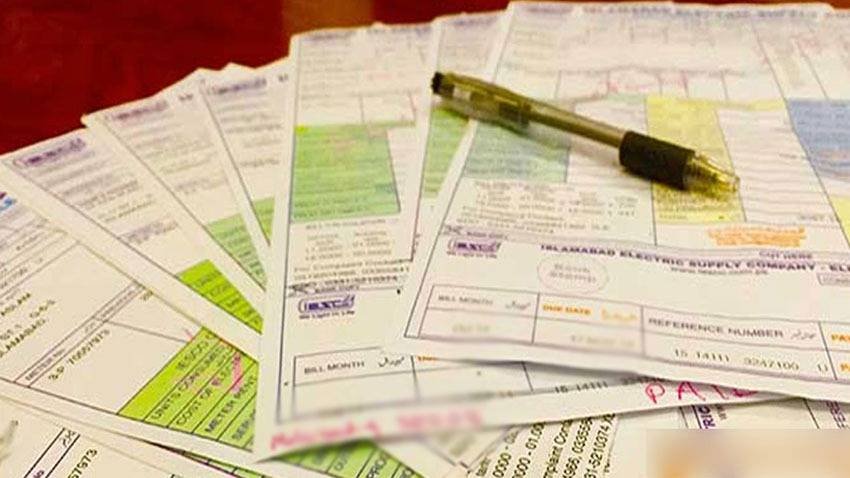Pakistan coal phaseout could help the country save billions of dollars while significantly reducing its carbon footprint. The study suggests that retiring imported coal power plants early, such as the Sahiwal coal project, can be both economically beneficial and environmentally sustainable. It also shows how Pakistan could serve as a model for other developing nations seeking to shift from fossil fuels to clean energy.
From 2014 to 2019, Pakistan accelerated its coal-based energy expansion through the China-Pakistan Economic Corridor (CPEC), adding about 3.6 gigawatts (GW) of new coal power capacity. In total, nine major projects were launched, promising over 10.4 GW of capacity fueled by imported coal. Although this expansion reduced load-shedding and stabilized electricity supply, it also resulted in costly long-term contracts known as “take-or-pay” agreements. These contracts obligate the government to pay power producers even when electricity demand is low, creating significant financial pressure.
The Economic Case for a Pakistan Coal Phaseout
The proposed Pakistan coal phaseout gains strength from detailed financial modeling of the Sahiwal coal plant, which produces 1,320 megawatts and is operated by China’s Huaneng Shandong Ruyi Energy. Built under a 30-year power purchase agreement, the project guarantees a 27.2% return on equity and requires that 50% of its capacity be purchased regardless of use.
Nearly ten years after its launch, Sahiwal’s utilization has dropped below 20% due to declining industrial demand and competition from cheaper renewable energy sources such as rooftop solar. Meanwhile, financial stress continues to build. Receivables in the power market have reached PKR 82.7 billion (about $294 million), adding to Pakistan’s growing circular debt problem.
According to the report, retiring Sahiwal early could cost between $0.4 billion and $1.5 billion, depending on the time frame—five to ten years. In some scenarios, the cost could be under $100 million, far less than the $5 billion Pakistan would pay in capacity charges if the plant continues to operate until 2046. The data makes it clear that a planned Pakistan coal phaseout could make strong financial sense, reducing long-term liabilities while freeing resources for clean energy investments.
Pathways for Early Retirement
The report identifies two main strategies for making the Pakistan coal phaseout feasible. The first is an upfront buyout, in which the government compensates plant owners for lost future revenue. This gives investors certainty while ending costly capacity payments. The second option is renegotiating the return on equity, allowing investors to recover their investments sooner while lowering future financial obligations for the government.
Both approaches could allow Pakistan to redirect financial resources toward renewable energy projects such as solar, wind, and hydropower. Redirecting capital in this way aligns with Pakistan’s Nationally Determined Contributions (NDCs) under the Paris Agreement and its broader sustainability goals.
Environmental and Climate Impact of Pakistan’s Coal Phaseout
Beyond the economic argument, the Pakistan coal phaseout also offers major environmental benefits. Retiring the Sahiwal plant early could prevent the release of 27 million to 38 million tons of carbon dioxide within ten years. Such an achievement would not only improve air quality and public health but also enhance Pakistan’s eligibility for international climate finance.
Countries like Indonesia and the Philippines have already implemented Energy Transition Mechanisms (ETMs) that support early retirement of coal plants using blended financing from public and private sources. Pakistan could follow a similar model, using a mix of grants, concessional loans, and carbon credits to fund its coal transition while simultaneously investing in renewable projects.
Challenges in Implementing a Pakistan Coal Phaseout
Despite its potential, the Pakistan coal phaseout will not be easy to implement. The country’s energy system faces structural problems, including circular debt, sovereign guarantees, and dollar-indexed tariffs that make renegotiations complex. Limited fiscal space and ongoing economic stress further constrain the government’s ability to buy out investors or fund early closures.
However, there are encouraging signs. Many coal plants are nearing the end of their debt service periods, meaning that most of their future payments are profit-based rather than debt-based. This makes them ideal candidates for early retirement programs. The Sahiwal plant could serve as a pilot project to demonstrate financial feasibility and attract global climate finance for replication across other coal facilities.
Policy Recommendations for a Successful Coal Phaseout
The report suggests several steps to ensure the success of the Pakistan coal phaseout. Policymakers should establish transparent valuation frameworks for buyouts, adopt standardized emissions accounting methods, and develop blended finance models in collaboration with international climate funds. In addition, Pakistan should craft a national coal retirement roadmap that supports Vision 2050 and its clean energy ambitions.
Building partnerships between public institutions, private investors, and international organizations will be essential. Such collaboration can help mobilize funding, strengthen investor confidence, and ensure that the phaseout process is fair, efficient, and economically beneficial.
The findings make a strong case that the Pakistan coal phaseout is both a financial and environmental opportunity. Retiring outdated coal plants like Sahiwal could save billions in capacity payments, reduce harmful emissions, and unlock international financing for sustainable development.
If Pakistan moves forward strategically, it could position itself as a leader among developing countries transitioning to clean energy. By turning away from imported coal and focusing on renewable alternatives, Pakistan can transform a major economic challenge into a catalyst for growth, innovation, and long-term sustainability.



